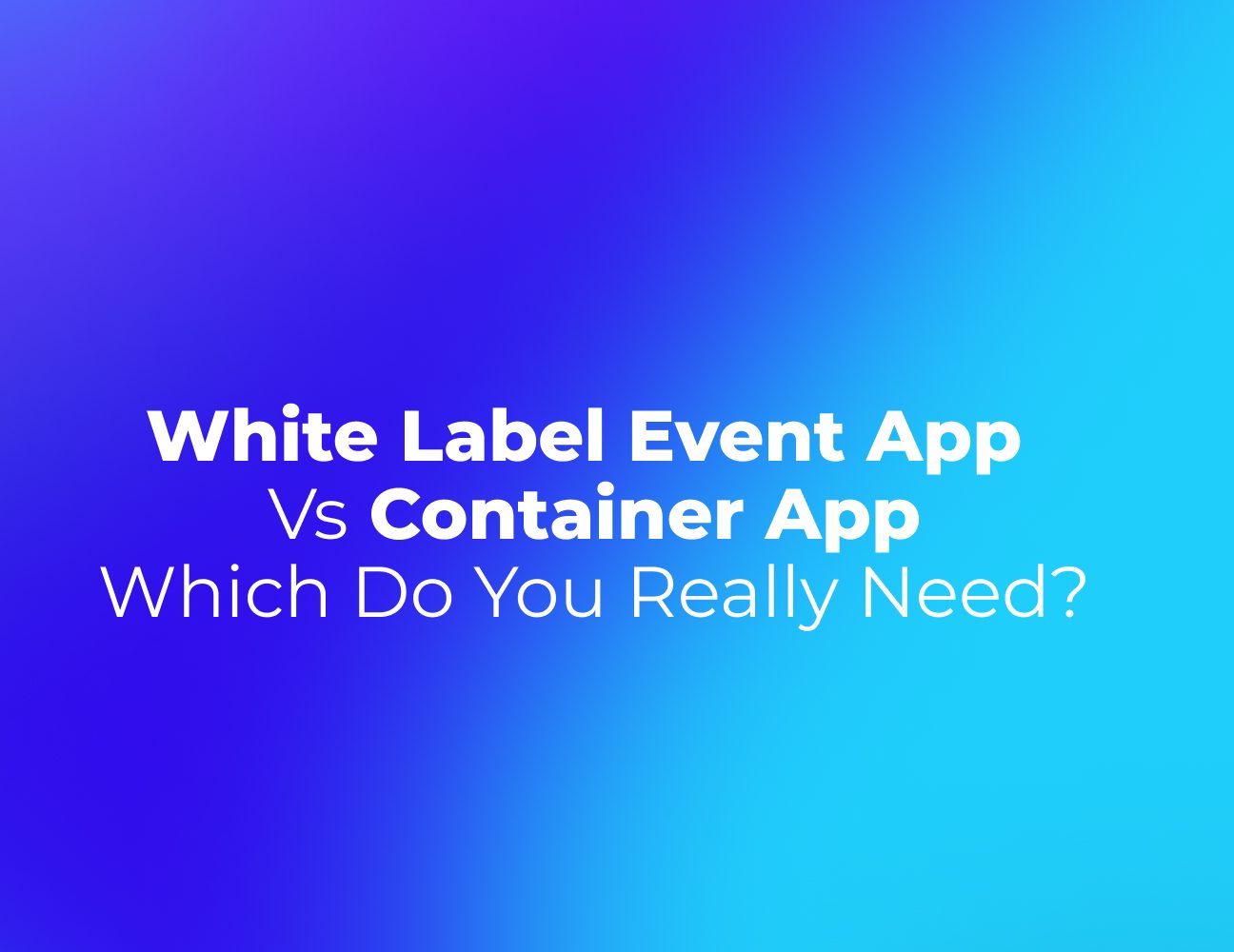
White Label Event App Vs Container App: Which Do You Really Need?
Choosing between a white label event app and a container app is one of the first major logistical decisions when setting up an event app. Don’t let it become a sticking point. Both have their own strengths and weaknesses, so use your event’s priorities to nguide the decision. Here’s what you need to know.